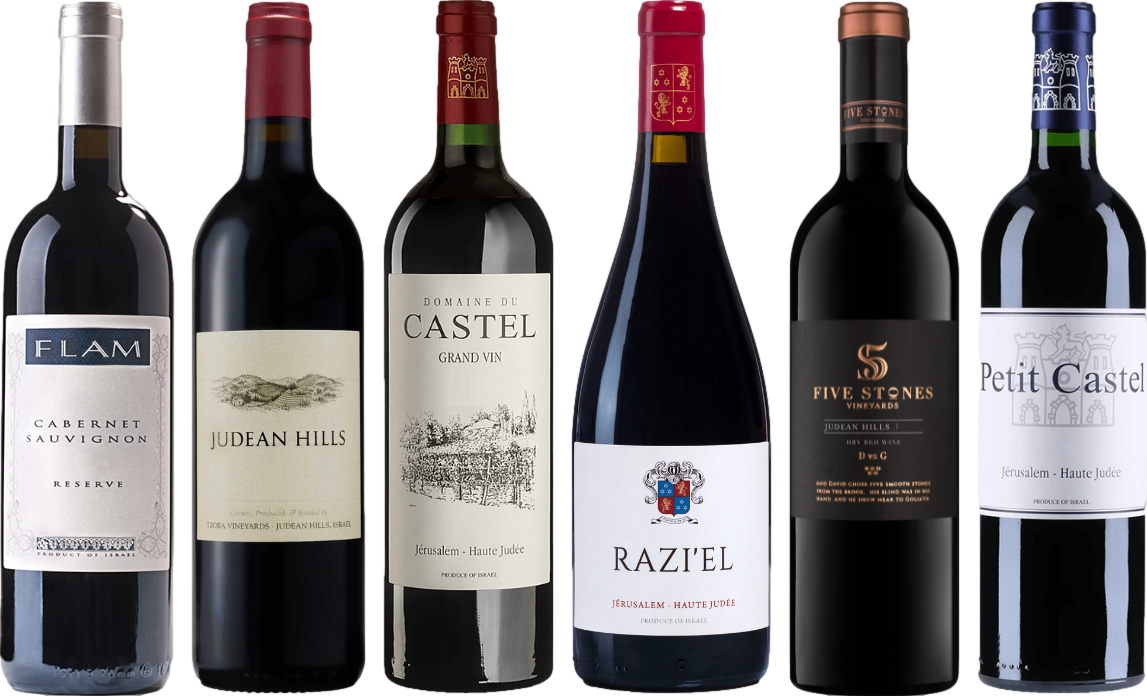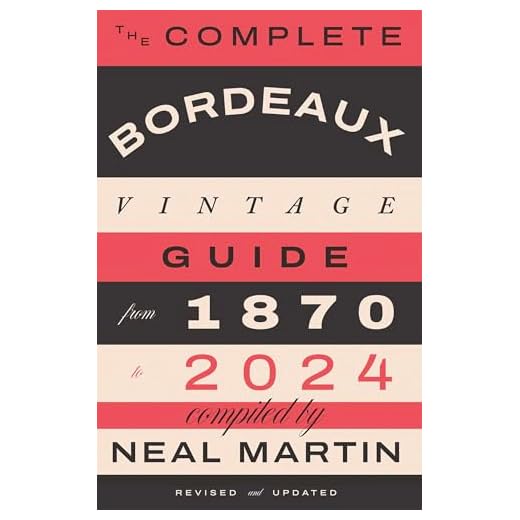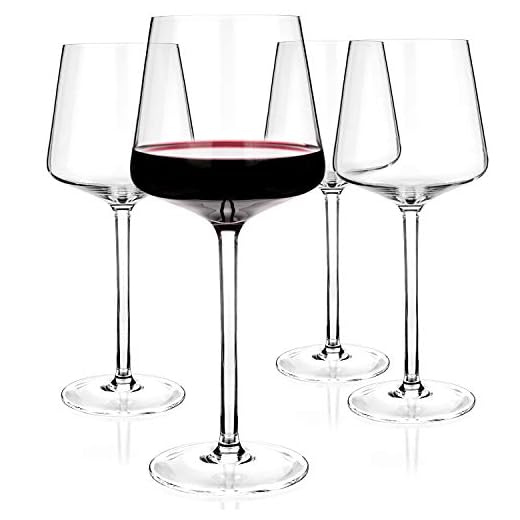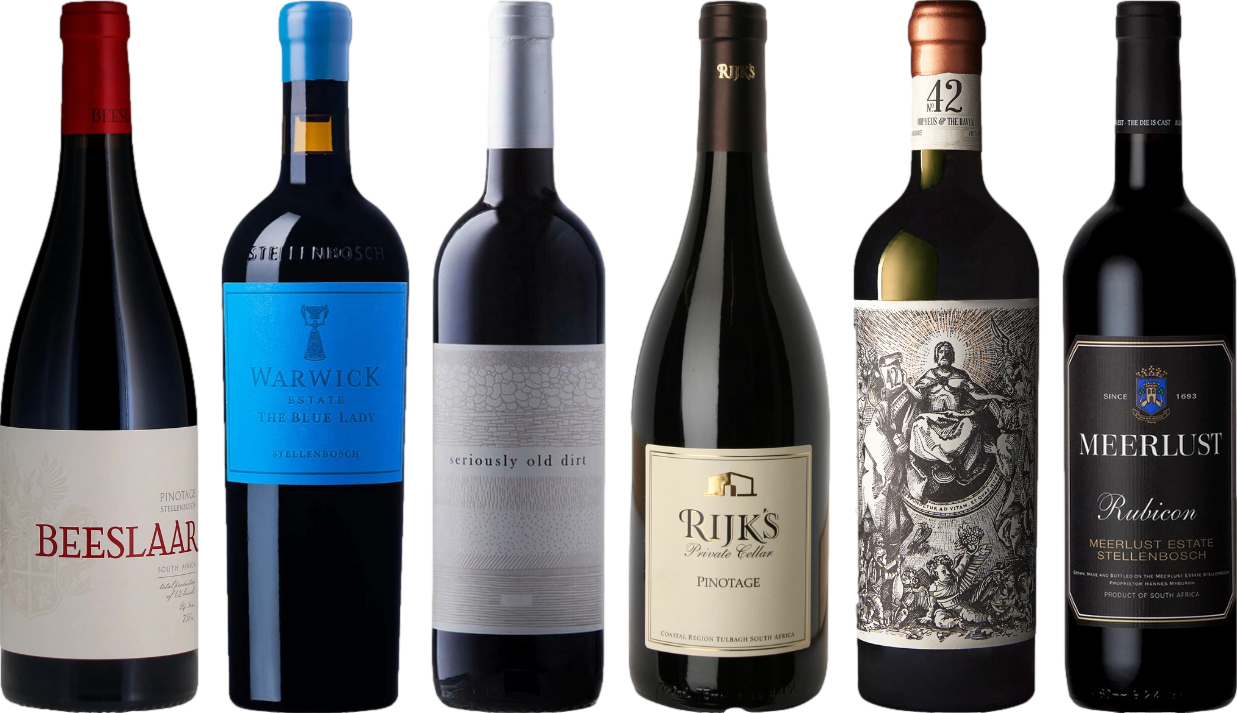



Focus on the region of origin. Wines from Bordeaux exhibit a balance of fruit and tannin, while those from Napa Valley tend to be bolder and fruitier. Understanding these regional characteristics can guide your selection process significantly.
Next, consider the varietal. A Cabernet Sauvignon often delivers rich flavors and a full body, while a Pinot Noir offers a lighter, more delicate profile. Your choice of grape plays a crucial role in determining the taste experience.
Price is another factor to weigh. Many exceptional options can be found in the $15 to $30 range. Don’t overlook lesser-known producers; they often provide remarkable quality at a fraction of the cost of more famous labels.
Lastly, take into account the occasion. A robust blend might pair beautifully with a hearty meal, while a lighter vintage could complement a casual gathering. Matching the bottle to the context enhances the overall enjoyment.
Selecting Your Ideal Red Blend
Consider the grape variety; it significantly influences the flavor profile. For a fruit-forward experience, opt for Merlot. If you prefer bold tannins, seek out Cabernet Sauvignon. For something lighter yet aromatic, Pinot Noir is an excellent choice.
Assess the region as well; wines from Bordeaux often present complexity, while those from California may showcase ripe fruit characteristics. Italian selections, like Chianti, offer acidity that pairs remarkably with food.
Look for age; younger varieties tend to be more accessible, whereas aged bottles reveal layers of flavor and nuance. Don’t shy away from exploring lesser-known producers, as they often provide exceptional value and uniqueness.
Consider the occasion; a casual gathering might call for a light-bodied option, whereas a formal dinner may warrant something richer and more structured. Pair wisely with your meal; hearty dishes deserve robust options, while lighter fare complements softer selections.
Lastly, trust your palate. Attend tastings or sample at local shops to discover personal preferences. The journey of finding that perfect bottle can be as rewarding as the experience itself.
Understanding Different Varieties of Dark Grapes
Familiarizing yourself with the characteristics of various dark grape types is vital for making informed selections. Start with Cabernet Sauvignon, known for its bold tannins and rich flavors of blackcurrant, often complemented by hints of cedar and spice. This variety pairs beautifully with hearty dishes like steak and lamb.
Merlot offers a softer profile, showcasing plum and cherry notes, with a smooth finish. It’s versatile enough to accompany a variety of meals, from pasta to roasted chicken.
Exploring Other Options
Pinot Noir stands out for its elegance and complexity, featuring red fruit flavors like raspberry and strawberry. Its acidity makes it an excellent match for dishes such as salmon or duck.
Syrah, or Shiraz, delivers a robust experience with dark fruit flavors and peppery undertones. Ideal pairings include barbecue dishes and rich stews.
Regional Influences
Consider the origin of the grape. French varieties tend to be earthier, while those from New World regions like Australia or California may lean towards fruit-forward profiles. Exploring these regional nuances can enhance your appreciation and enjoyment.
By understanding the distinct traits of these dark grape varieties, you’ll elevate your tasting experience and food pairings significantly.
Evaluating Wine Labels and Regions
Pay close attention to the label details. Key information includes the varietal, vintage, and producer. The varietal indicates the grape used, which significantly influences flavor. For instance, Cabernet Sauvignon typically offers bold tannins and dark fruit notes, while Pinot Noir is often more delicate and fruity.
Understanding Vintage
The vintage year can provide insight into the climate conditions during grape growing. A warm year might yield riper, fruit-forward options, while a cooler year could result in more acidity and structure. Check the reputation of the vintage in that specific region; some years are exceptional while others may be less favorable.
Exploring Regions
- Bordeaux: Known for structured blends, primarily using Cabernet Sauvignon and Merlot. Look for labels indicating the specific commune for quality cues.
- Burgundy: Focuses on Pinot Noir; seek out village names like Gevrey-Chambertin for renowned producers.
- Napa Valley: Offers a range of styles, mostly Cabernet Sauvignon. Labels often highlight specific vineyards, which can be a sign of quality.
- Tuscany: Home to Sangiovese, particularly in Chianti. Aged wines often indicate better complexity and smoothness.
Familiarize yourself with the regulatory classifications that regions use, such as AOC in France or DOC in Italy. These designations can indicate the quality and standards upheld in the production process.
Lastly, don’t overlook the producer’s reputation. Established wineries often have a track record of quality. Seek reviews and ratings from trusted sources, as they can guide you toward exceptional selections.
Considering the Wine’s Age and Vintage
Examine the vintage year closely; it often indicates the quality and character of the bottle. Certain years are renowned for exceptional conditions, producing grapes that lead to outstanding results. For instance, 2010 and 2015 are celebrated for their remarkable weather, allowing for optimal ripening. Research the specific region, as climate variations can greatly influence the outcome of that year’s harvest.
Age Matters
Age can drastically change the flavor profile. Many reds benefit from aging, allowing tannins to soften and complex flavors to develop. Here are some recommendations:
- Cabernet Sauvignon: Ideal for aging 5-15 years, depending on the producer.
- Pinot Noir: Best consumed within 3-10 years, with some exceptional bottles lasting longer.
- Syrah/Shiraz: Typically enjoyed within 5-12 years, but premium versions can age beautifully for decades.
Always consider the intended consumption. If you prefer bold, youthful expressions, opt for bottles that are younger. For those who appreciate nuanced, mature profiles, seek wines that have been cellared for several years.
Research and Resources
Utilize online databases and vintage charts to gather information about specific years and regions. Wine critics and publications often provide insights into the performance of particular vintages, which can guide your selections. Joining tasting groups or forums can also enhance your understanding of how age influences flavor.
Combining knowledge of age and vintage with personal preference is key. Experiment with different bottles to discover what resonates with your palate. This exploration will lead to a deeper appreciation for the complexities of each selection.
Assessing Tasting Notes and Flavor Profiles
Focus on the specific attributes in tasting notes to guide your selection. Look for descriptors like fruitiness, spiciness, or earthiness. For instance, a wine with notes of dark berries, such as blackberries or plums, typically suggests a fuller-bodied experience. If you encounter hints of black pepper or clove, this may indicate a robust character, perfect for rich dishes.
Identifying Balance and Complexity
Balance is key; a well-rounded option will harmonize acidity, tannins, and sweetness. A wine that feels too heavy on tannins may not appeal to everyone. Complexity adds intrigue–wines that evolve in flavor as you sip, revealing layers of taste, often deliver a memorable experience. Consider options that list a variety of tasting notes, showing versatility and depth.
Personal Preferences and Pairings
Your palate plays a significant role. If you enjoy fruity flavors, lean towards varietals like Zinfandel or Merlot. For those who appreciate a more structured option, Cabernet Sauvignon or Syrah may be ideal. Pairing recommendations can enhance enjoyment; consider a full-bodied selection with grilled meats or a spicier choice with barbecue dishes. For a unique experience, explore options such as those found in this best solar generators for container houses guide, where diverse flavors can complement outdoor dining.
Matching Wine with Food Pairings
For a delightful dining experience, consider pairing a Cabernet Sauvignon with grilled lamb. The robust tannins and dark fruit notes complement the richness of the meat, enhancing both flavors.
A Merlot shines alongside roasted chicken, as its softer texture and berry undertones balance the dish’s savory elements. This combination creates a harmonious palate experience.
Pinot Noir is an excellent choice for mushroom risotto. The wine’s acidity cuts through the creaminess, while its earthy notes echo the umami flavors of the mushrooms.
When serving pasta with marinara sauce, opt for a Chianti. The wine’s acidity mirrors the tang of the tomatoes, making each bite more enjoyable.
For spicy dishes like Thai curry, a Zinfandel can work wonders. Its fruit-forward profile and slight sweetness temper the heat, allowing the dish’s flavors to shine.
Pairing a Syrah with grilled steak can enhance the meal significantly. The wine’s bold fruit flavors and peppery notes complement the charred exterior of the meat.
For cheese pairings, a Malbec is fantastic with aged cheddar. The wine’s rich texture and dark fruit flavors beautifully contrast the sharpness of the cheese.
Lastly, a sparkling wine, such as a Lambrusco, can elevate a charcuterie board. The bubbles refresh the palate, making it ideal for various meats and cheeses.
Exploring Price Ranges and Value Options
Identify your budget before exploring options. Quality selections are available across various price points. For those seeking value, consider bottles in the $15-$30 range; they typically offer exceptional quality without breaking the bank.
Here’s a breakdown of price ranges and what you can generally expect:
| Price Range | Expected Quality |
|---|---|
| Under $15 | Basic and approachable choices, often from large producers. Great for casual drinking. |
| $15 – $30 | More nuanced options, often from smaller wineries. Better aging potential and complexity. |
| $30 – $60 | High-quality selections with unique characteristics. Often reflect the terroir and winemaking techniques. |
| Over $60 | Premium offerings, typically from renowned regions or producers. These wines often showcase exceptional craftsmanship. |
Seek out lesser-known varietals or regions for hidden gems. These often provide remarkable quality at competitive prices. Additionally, pay attention to sales and discounts at local retailers or online platforms; they can lead to delightful finds without overspending.
Consider purchasing directly from wineries during tastings. This can yield better prices and provides an opportunity to learn directly from the producers. Always ask about current releases and any special offers.
Lastly, utilize platforms and apps that rate and review these selections based on value. Community feedback can guide you toward outstanding choices that may not be on your radar.
Knowing Where to Purchase Quality Varietals
Visit local wine shops with knowledgeable staff. They often curate selections that reflect quality over quantity, offering guidance tailored to your preferences. Look for stores that host tastings, as this provides an opportunity to explore options before committing to a purchase.
Online retailers can be a treasure trove of excellent selections. Websites specializing in fine beverages often feature detailed descriptions and ratings, helping you make informed decisions. Ensure to check for customer reviews and ratings to gauge the reliability of the seller.
Exploring Auctions and Wine Clubs
Participating in wine auctions can yield remarkable finds, including rare bottles and limited releases. Engaging with reputable auction houses provides access to exclusive offerings that may not be available elsewhere.
Joining a wine club can also enhance your experience. These clubs typically deliver curated selections directly to your door, allowing you to discover new favorites while enjoying the convenience of home delivery.









